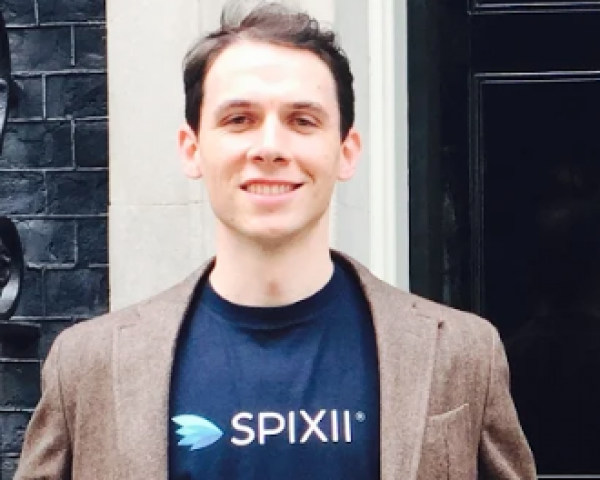There isn’t an insurance business in the land that isn’t talking about digital transformation. Whether talking about AI, robotics or platforms, the majority of the industry is confident it’s heading toward a brightly lit, digital future.
The motivation for transformation? We are told customers are demanding a better experience: an interaction that is quick, clean and gets the job done with minimal fuss.
But, for all the effort made, the customer experience in insurance is fundamentally the same as it was 10 or 15 years ago – it’s still based on call centers. I think that is because, while the stated driver for digital change may be the customer, its primary purpose has been to reduce costs.
That efficiency-first approach has resulted in many organizations looking to webforms to digitize their customer-facing processes.
Webforms do a decent job leveraging digitalization to automate the beginning of processes normally done manually. Yet any claim coming from a webform still requires the capable hands of an operations employee, who will perform the rest of the process and communicate the outcome to the customer. In addition, webforms can’t converse -- reducing them, essentially, to digital monologue. While customers want a quick, hassle-free experience, many want that done through conversation of some kind. Conversations are comforting, familiar and create a sense of engagement that a static form can never replicate.
A true digital experience is one that takes all the benefits of a one-to-one conversation and automates it using conversational process automation (CPA). That is the world that webforms were trying to create but failed to produce because of the focus on efficiency.
CPA leverages a chatbot conversational interface to deliver an efficient customer experience, thinking about the customer first while saving cost. It allows for the execution of high-value, customer-facing processes, integrated into insurance platforms and systems and complying with security and audit requirements.
CPA will, I believe, bring the digital change that so many seek. They can replicate the conversational style and effectiveness of a human call handler for the vast majority of recurrent insurance interactions – from quote and buy through to claim notification.
CPA has the capacity to handle call volumes that only a very large, very expensive call center could match. Of course, there are limits to what CPA can currently do, but it is improving all the time -- getting smarter at predicting queries, reacting to something that doesn’t fit into the box and leading the customer through complex processes. Webforms, for all their value, can never do that.
As we collect more and more data through CPA, performance becomes more accurate and, according to a report from IT advisory firm Gartner, by 2022 70% of white-collar workers will interact with conversational platforms on a daily basis.
See also: Insurtechs’ Role in Transformation
The combination of process automation and superior customer experience will drive efficiencies. A recent report by McKinsey estimates that, in the claims process alone, automation could reduce the cost of that journey by as much as 30%.
For insurance to be part of that digital future and to reap its rewards, the industry has to have customer experience as its main motivator, replicating all the value that a one-to-one conversation brings and putting the customer in control of the experience while keeping costs to a minimum.
If we persist in letting costs saving alone drive transformation, we are going to end up with fancier, more expensive tools than webforms that will deliver marginal efficiency while continuing to leave customers frustrated. And that would be a failure of purpose and progress.








